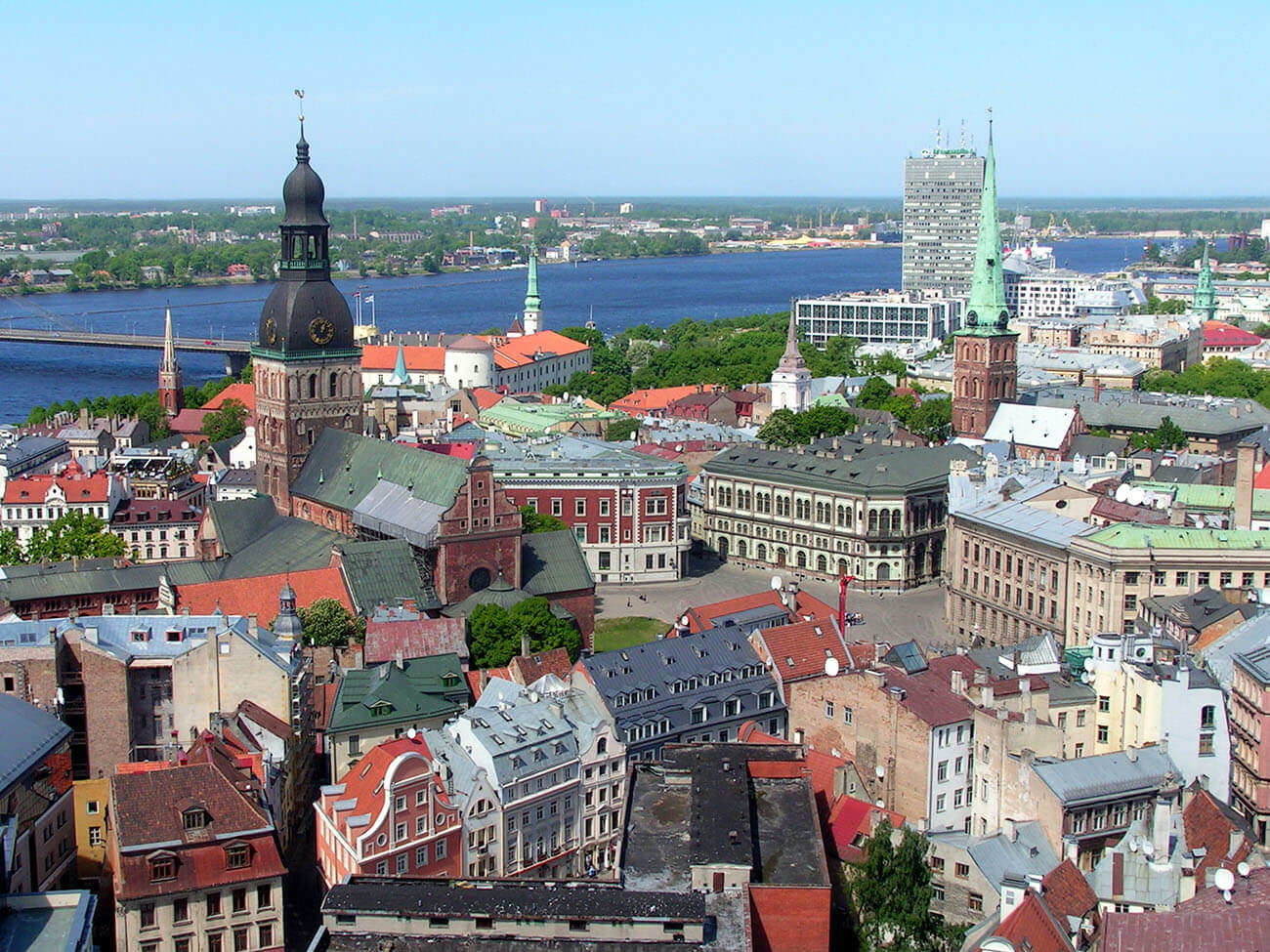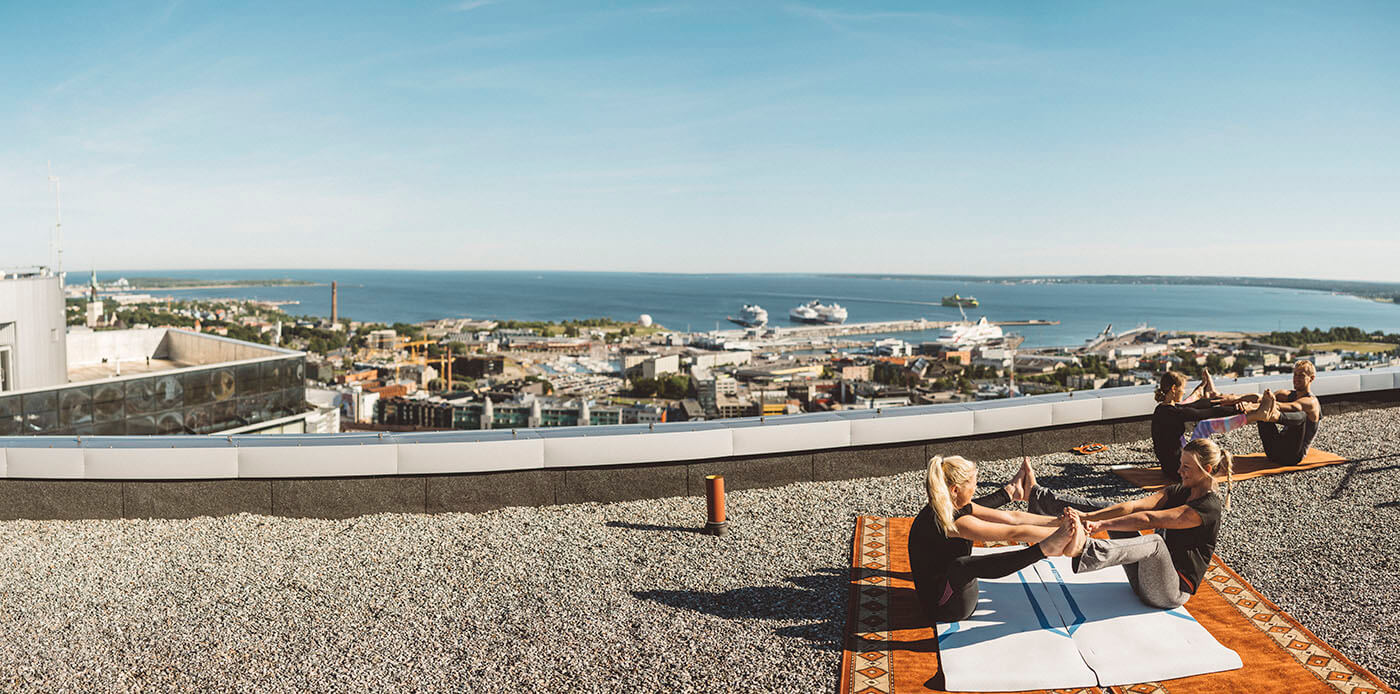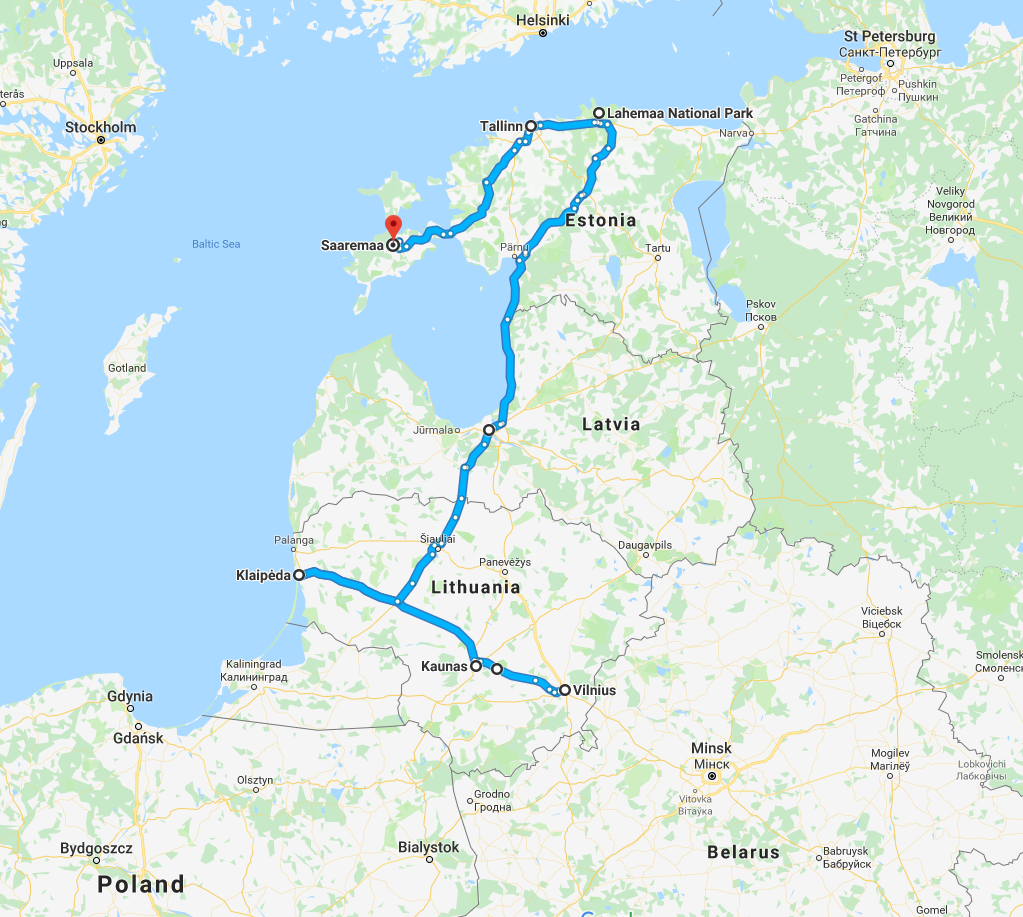13 DAYS & 12 NIGHTS: A photographic tour of the Baltic States: Lithuania – Latvia – Estonia

Departure dates:
15.09.2018 & 01.06.2019
ARRIVAL TO VILNIUS
Vilnius is a city with a unique offer : All the advantages of a capital city with the serenity and pace of life of the country side. Leyend has it Gedimi nas founded the city after a dream. The oracle interpreted this dream as asign that a city should be build in that very spot . Gediminas, following the interpretation to the letter, oversaw the building of the city beginning on the hill.
Today you can see the ruins of the original castleright up there.
Notes:
Overnight Vilnius
Transfer
Airport – Hotel

Day 02
City tour Vilnius
Vilnius – a unique baroque city.Even the first walk through the old town of Vilnius will impress you unforgettably: the Cathedral Square, a fortified tower, the bell – tower of the Cathedral, Gediminas Castle as well as symbol of the city’s oldest Vilnius – Pilies street and much more. Vilnius awaits you with open arms!
The self – proclaimed “Republic” of Užupis is Vilnius’ Bohemian and artistic district. It has its own anthem, cons titution, president, bishop, two churches, the Bernadine Cemetery – one of the oldest in the city -, seven bridges, and its own guardian called The Bronze Angel of Užupis, who was put in the centre of the district in 2002. In
Lithuanian, Užupis means‘ behind the river’ and this is proclaimed in a number of languages on its entrance sign. The Vilnelėisthe district’s river, and is home to Lithuania’s only mermaid – she’s not real, don’t worry! But she lives on the embankment, and those who give in to her charms will remain in Užupisforever.
Notes:
Overnight Vilnius


Day 03
EXCURSION TO TRAKAI AND RUMSISKES
Trakai
The city of Trakai served as the headquarters of the Lithuanian Grand Duke Vytautas Magnus during his reign (1392 – 1430). Today this small city is encircled with scenic lakes. Trakai castle is the only Gothic water castle in Europe that survived from the 14th century and containing a history museum with exhibits from the 16-18 centuries.
Rumsiskes
In the afternoon you would visit the Ethnographic Museum at Rumsiskes. This open-air museum contains a large collection of original buildings from the 17th century and recreations of the rural life in Lithuania all the way to the beginning of the 20th century.
Notes:
Overnight Kaunas
Entrance
Rumsiskes



Day 04
KAUNAS AND PAZAISLIS
Kaunas
The second largest Lithuanian city Kaunas is located on bank of the river Nemunas. Kaunas is a wel l known industrial town and logistic hub. A good part of companies involved in retails and production have their base in Kaunas.
Pazaislis Monastery
This is one of the most beautiful ensembles of Baroque style in Lithuania. In the 17th century Kristupas Žygimantas Pacas (1621–1684), Chancellor of the Grand Duchy of Lithuania, built the shrine for Camaldolese monks on the edge of Kaunas, in the remote forest at that time. The ensemble was designed by an Italian architect Giovanni Battista Frediani and decorated with moldings of Lombardy’s craftsmen and frescoes of a Florentine painter Mikelios Arkangelo Palonio. The peculiarity of the ensemble is determined by a unique architectural decision. About 140 frescoes of various sizes survived in the buildings of the monastery ensemble.
Notes:
Overnight Klaipeda
Entrance
Monastery


Day 05
CURONIAN SPIT & BOAT TRIP
Nida or the Curonian Spit, it’s a stretch of land prolonging like a thin hair for more than 100 kilometres between Lithuania and Kaliningrad. The Curonian Spit is characterised by its beautiful nature. A combination of sand dunes and pine trees that is particular of the region.
Nobel Prize writer Thomas Mann, fell in love with the landscapes of the Curonian Spit and commissioned a house up on a hill in Nida, over looking the bay. This beautiful house is visited by lot s of people every year, not only because was Thomas Mann’s house, but also to have a glimpse of the s tunning view.
Tasting of smoked fish in Nida
Notes:
Overnight Klaipeda


Day 06
HILL OF CROSSES RUNDALE PALACE
Hill of Crosses
As symbol of faith, resistance against oppression and life endurance, the Hill of Crosses has been an important place of pilgrimage for many of years. It is believe the tradition of leaving a cross on the hill began around 1830, during the uprising against the Russian Tsarist regime. A tradition that continued during the Soviet occupation as well. Today it is estimated some 200.000 crosses have been left on this small hill by a multitude of
believers that have visited the location for generations.
Rundale Palace
Rundale is to Latvia what Versailles is to France or L’Hermitage is to Russia. As a matter of fact, Bartolomeo Rastrelli the famous Italian architect that designed half of Saint Petersburg was also responsible for the design of Rundale Palace. This brilliant marble of architecture has nothing to envy to its more famous counterparts in terms of beauty and historical richness. Walk through the gardens and take a good look at the building and you will realize how rich this country was at the very centre of the Hanseatic League.
Notes:
Overnight Klaipeda




Day 07
CITY TOUR RIGA
Many cities in the world experience a period of unprecedented prosperity and cultural growth.
Today we can see this phenomenon in places like Dubai. At the beginning of the 20th century Riga experienced such an economic boom that saw the development of a very characteristic style of architecture: Art Nouveau.
Riga´s buildings have a particular Latvian Art Nouveau style. A number of buildings depicting rather flamboyant naked ladies carrying a variety of floral accents were erected around the city.You can find great examples of Art Nouveau in both public and private buildings
One remarkable representative of the style was architect Mikhai l Eisenstein, father of the famous cinema director Sergei Eisenstein. You may catch a glimpse of some of his buildings during this tour.



Day 08
GAUJA AND LAHEMAA NATIONAL PARKS
The territory of Gauja National Park is established to protect the ancient valley of the Gauja River. More than 500 cultural and historical monuments are located in the National Park – hill forts, stone castles, churches, watermills and windmills, as well as other archaeological, architectural and artistic monuments.
Lahemaa National Park provides a great over view of most of the natural and cultural landscapes characteristic of Estonia. In Lahemaa (Land of Bays), located on the northern coast of Estonia, you will find stony and sandy seashores, picturesque bogs, pine forests, old-growth forests, cliff forests, alvars and rivers that have cut into the limestone cliff. There are also four large historic manor complexes in the area, three of which have been renovated: Palmse, Sagadi and Vihula.
Notes:
Overnight Lahemaa NP

Day 09
FISHING VILLAGES ON THE ESTONIAN COAST
as for the smuggling of salt and spirits. The most famous fishing villages here are the captains’ village of Käsmu, the fishermen’s village of Altja and the village of spirit smugglers, Viinistu – now the location of an art museum.
Notes:
Overnight Tallinn

Day 10
CITY TOUR TALLINN
together as if they were built to support each other. The Powder Tower Kiek-in-de-Kok was built in the 15th and was famous in the Baltics during the century; Toompea, the imposing castle, was built on a limestone rock about 50 meters above sea level. Nowadays it houses the Hall of the President; the cathedral is famous for its beauty and the Baroque altar, tombs and stone car vings from the 14th-18; The City Hall stands as a symbol of Tallinn and is undoubtedly the best preserved town hall in Northern Europe.
During excursion coffee break with traditional Vana Tallinn liquor and Kama dessert .
Notes:
Overnight Tallin
Entrance
Cathedral


Day 11
ESCURSION TO SAREEMAA ISLAND
Saaremaa is the largest island in Estonia. It is known as a place with a unique nature and a lot of wonderful sights. Saaremaa has retained its uniqueness due to its location and insulation. In the villages there are still stone fences and houses with thatched roofs, beautiful national costumes and dialectal language are still used. Junipers, dolomite, windmills and the famous local home-brewed beer are considered the symbols of Saaremaa.
Notes:
Overnight Saaremaa

Day 12
RETURN TO TALLINN
On this day the group would take the coach and return to Tallinn for a day of free time and exploration around the city.
Notes:
Overnight Tallin

Day 13
DEPARTURE FROM Tallin
Today we say farewell t o t he Baltic States from the capital of Estonia. Depending on your flight schedule, you may have some free time for t hat last minute shopping.
